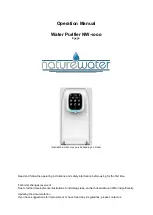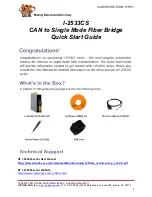
12
JUDO BIOSTAT-COMBIMAT
Installation
For further information, please refer to the
installation instructions for the wall support.
4.2.6 Mounting of the Water
Treatment Device
After flushing the water pipe, remove the
assembly lid of the built-in rotary flange.
Remove the white protective disc on the
connecting flange of the water treatment
devices by unscrewing the four M6 Allen
screws.
Do not completely unscrew the screws
because of the bayonet connection!
Lift up the water treatment devices and
swivel it approx. 30° in an anti-clockwise
direction. Position it on the built-in rotary
flange so that the screw heads pass through
the bayonet fixing drill holes (see Fig. 6 I).
Swivel the water treatment devices approx.
30° back in a clockwise direction and tighten
the four hexagon socket screws (see Fig. 6
II).
The profile of the profiled flange gasket must
point towards the built-in rotary flange.
Failure to observe this can lead to leaks and
water escaping. This can cause damage
due to water to the house and its installa-
tions (see Fig. 7).
4.3
Discharging the flushing water
An adequately dimensioned wastewater
connection (e.g. floor drain) according to
DIN 1986 must be available for the flushing
water.
The dimensioning depends on the local
circumstances (e.g. wastewater pipe
gradient, number of pipe bends, length of
the wastewater pipe, etc.). The dimen-
sioning must at least ensure that all the
wastewater can be discharged temporarily
coordinated.
If it is not possible to locate a drain connec-
tion directly under the water treatment
device
s
, the wastewater hose can be routed
over the water treatment device.
Fig. 5:
Wall support with bypass valve
Fig. 6:
Built-in rotary flange with bayonet fixture
Wall support
> 12 Inch
(300 mm)
I
II
Fig. 7:
Built-in rotary flange
Select the torque (approx. 4 Nm) so
that the gasket locks and the water
treatment device is not damaged or
strained!
Profiled flange gasket













































